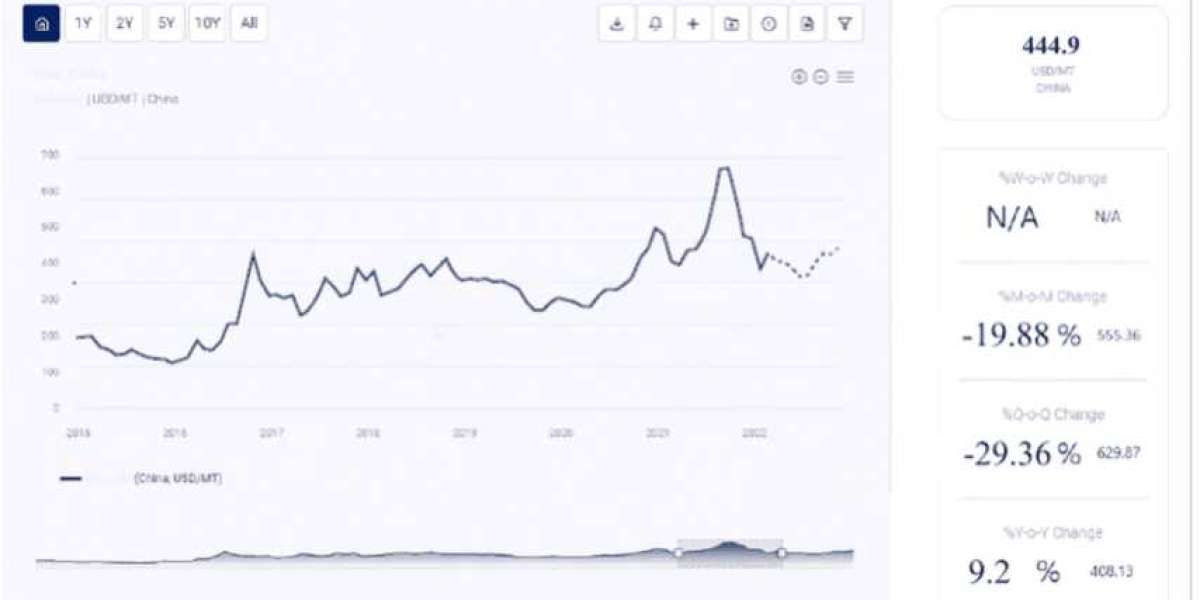If you're involved in software development or project management, having a grasp of the latest System Development Life Cycle (SDLC) methodologies is an invaluable asset. It can help expedite the development process, reduce costs, harness the full creative potential of your team, and more.
With this in mind, Nubiz Solutions' top experts have created a comprehensive guide to the System Development Life Cycle. In this guide, you will gain insights into its core concept, its various phases, prominent software engineering methodologies, and the significant advantages it offers during project development.
Special emphasis has been placed on understanding the characteristics of each of the seven SDLC phases, as this knowledge is essential for implementing both new and modified software systems.
What is the System Development Life Cycle, and What are Its Benefits?
The SDLC encompasses a myriad of intricate models employed in software development. On a practical level, SDLC serves as a comprehensive methodology covering the sequential processes required to create a high-quality software product.
Key Stages of the System Development Life Cycle
There are seven distinct SDLC stages, each demanding different specialists and diverse skills for successful project completion. In modern SDLC processes, the landscape has become increasingly intricate and interdisciplinary. Therefore, it's highly advisable for project managers to engage a dedicated team of professional developers. Such a team possesses the expertise and knowledge needed to craft a top-tier software product that aligns perfectly with your expectations, requirements, and objectives.
Now, let's delve into the core tasks associated with each of these development life cycle phases:
Planning Stage
The planning phase is the cornerstone of the SDLC, setting the stage for successful project execution. During this phase, the problem or pain point targeted by the software is clearly defined. Developers and team members outline the system's objectives and create a preliminary plan for its operation. Predictive analysis and AI simulation tools may be used to test the feasibility of the idea. This analysis helps project managers estimate the long-term resources required for solution development, market potential, and potential obstacles.
Analysis Stage
Once the planning is complete, it's time to transition to the research and analysis stage. This step involves gathering specific data for the new system, including initial system prototype drafts, market research, and competitor evaluations.
Design Stage
The subsequent stage of the system development project involves design and prototyping. This process precedes actual development and is often mistakenly equated with development itself. It's a significant prototyping stage that can substantially reduce the time required for software development. It encompasses the design of the system interface, databases, core software features, user interface and usability, and network requirements.
Development Stage
The development stage is where the actual system creation process generates a functional solution. Developers write code and build the application according to the finalized requirements and specifications. This stage involves both front and back-end development, and DevOps engineers play a crucial role in providing self-service resources to streamline testing and rollout.
Testing Stage
The testing stage ensures that the application's features work correctly, cohesively, and meet user objectives and expectations. It involves identifying bugs, defects, vulnerabilities, and more. Various testing approaches may be adopted, with behavior-driven development gaining popularity, involving plain language testing outcomes to engage non-developers in the process.
Integration and Implementation
Once the product is ready for deployment, it's time to make it available to end-users and launch it in the production environment. Final testing is conducted in a training or pre-production environment before market presentation. Contingency plans are crucial for addressing unforeseen issues, with microservices architecture and canary releases providing flexibility.
Maintenance Stage
The final, but equally crucial stage of the SDLC process is maintenance. During the initial months of usage, developers may encounter issues not detected during testing. Swift action is required to address reported issues and ensure stable and convenient software usage, especially for large systems.
Six SDLC Methodologies
Now that you understand the fundamental SDLC phases and their significance, it's time to explore the core methodologies of the System Development Life Cycle. These approaches can help you deliver a software model with unique characteristics and features, with hybrid models being popular as well. The six main methodologies include:
- Waterfall Model
- Iterative Model
- Spiral Model
- V-Model
- The Big Bang Model
- Agile Model
Advantages of SDLC
After examining the major SDLC methodologies offered by software development companies, let's assess whether they are worth implementing. Here are the benefits provided by the System Development Life Cycle:
- Comprehensive understanding of system specifications, resources, timelines, and project goals.
- Clear guidelines for developers at every stage.
- Testing and monitoring of each development phase.
- Control over large and complex projects.
- Thorough software testing.
- Process flexibility.
- Cost-effectiveness and strict product delivery timelines.
- Enhanced teamwork, collaboration, and shared understanding.
Conclusion
The System Development Life Cycle (SDLC) is a complex project management model that encompasses the creation of systems or software from initial concept to deployment and maintenance. The SDLC comprises seven stages: planning, analysis, design, development, testing, implementation, and maintenance. Each of these stages is vital for delivering a high-quality and cost-effective product within a short timeframe.
Understanding the major SDLC methodologies, along with their advantages and drawbacks, equips you to establish effective system development processes that yield the best possible results.







